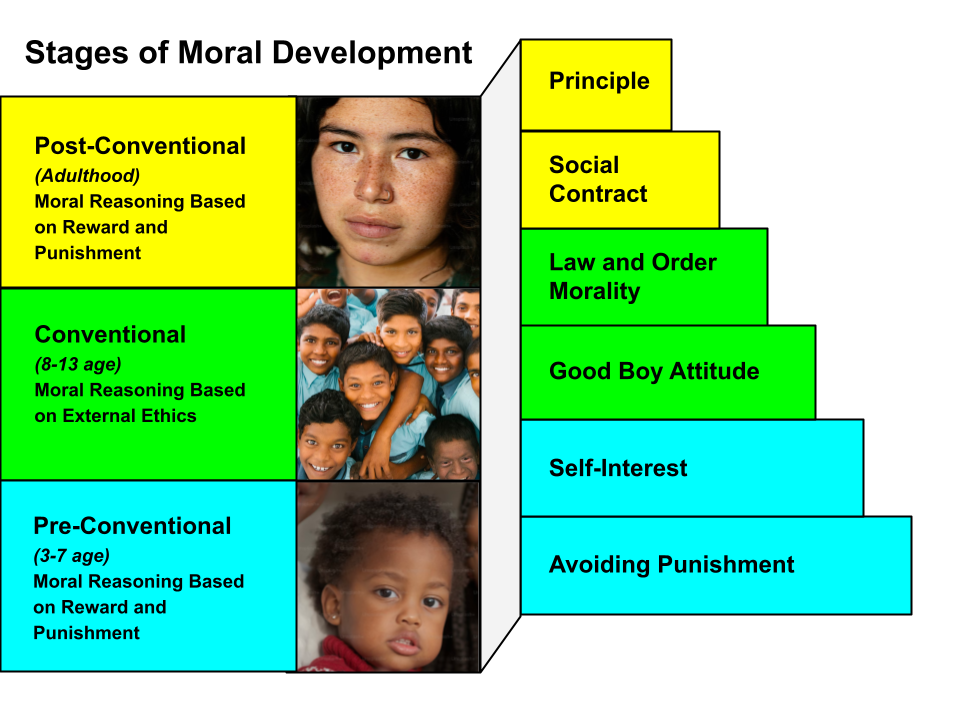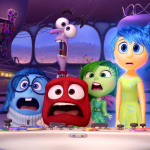Chapter Three: Domains in Development
Emotional Development
Social interactions help babies and children to gain important information about how their actions influence other people, including the feelings of others. This, in turn, can help children to understand their own feelings and learn how to manage them. Emotional development, however, is not purely a function of nurture. Important structures of the brain related to emotional regulation, attention, and self-regulation are actively developing throughout childhood and into adolescence. This means that emotional development may be a slow process that continues well into school-age.
In early language development, the conversational pattern between infant and caregiver contains not only phonological information, but also non-verbal information such as tone of voice, facial expressions, and body language. These all provide clues about internal emotional states, onto which get mapped specific words that describe those emotions.
There are only a few universal emotions, and they are the ones we see almost immediately in babies: sadness, fear, happiness, disgust, anger, and surprise. Infants are limited in how they can express these emotions, so they mostly cry. However, it does not take long before babies and toddler, develop a wider range of emotional behaviors. Fear may be expressed in tears, by hiding, or in issues with control of the bowel and bladder. Surprise may provoke fear or happiness, depending on the child’s temperament and the situation. Sadness and anger sometimes get wrapped up together in a temper tantrum when a toddler doesn’t get her way.
As children grow, they become better able to describe and respond to their own emotions and the emotions of others. Even babies and toddlers can display empathy when they realize a peer is sad or afraid. Empathy and emotional intelligence are an important piece of moral development: the process by which children understand right from wrong, and how their actions influence the well-being of others. Kohlberg’s theory of moral development is a beautiful example of a stage theory in which children move from having a very limited, internal focus to understanding that emotions and actions can impact everyone.
As you can read in this chart, as individuals grow from infancy to adulthood, their sense of morality also develops. In early childhood, most children’s morality is defined by adults around them, and avoiding punishment or gaining rewards (both internal objectives) are the driving force behind moral behavior. Not until later in life do we start to make moral choices based on people other than ourselves.

Self-Regulation
If you have ever been intensely happy or sad, you know that feelings are more than just emotional states: they also exist in our body as sensory experiences, and impact the way we interact with the people around us. In early childhood, emotions can be intense and confusing for infants and babies. They are not able to cognitively process the causes of their feelings, they just know that things are happening, and they cannot control them.
Self-regulation is the ability to identify your emotions, understand what is causing them and how they are impacting your behavior, and taking steps to manage what is happening because of your emotions. In children, this takes several years – often well into adolescence – before they are able to do this consistently. For early childhood educators, helping children to learn words for their feelings and teaching strategies for helping children manage their emotions in healthy ways is important.
Emotional Development
 Have you ever seen the movie Inside Out? It is a great representation of the “life” of our emotions inside our body! Perhaps you noticed in this movie that the emotions of the main character, who is a school-age girl, are much more dramatic than the emotions of her parents. This is exactly how our emotions operate! In children, feelings are intense and often cause problems without meaning to – just like Joy and the other emotions do in Inside Out. As we grow up, our emotions mature as well, and as adults we are much better at managing how we feel, and what we do to manage those feelings.
Have you ever seen the movie Inside Out? It is a great representation of the “life” of our emotions inside our body! Perhaps you noticed in this movie that the emotions of the main character, who is a school-age girl, are much more dramatic than the emotions of her parents. This is exactly how our emotions operate! In children, feelings are intense and often cause problems without meaning to – just like Joy and the other emotions do in Inside Out. As we grow up, our emotions mature as well, and as adults we are much better at managing how we feel, and what we do to manage those feelings.
Media Attributions
- Stages of Moral Development © Doris Buckley via. the ROTEL Project is licensed under a CC BY-NC-SA (Attribution NonCommercial ShareAlike) license
- Inside Out © Inside Out via. Disney+ is licensed under a All Rights Reserved license

